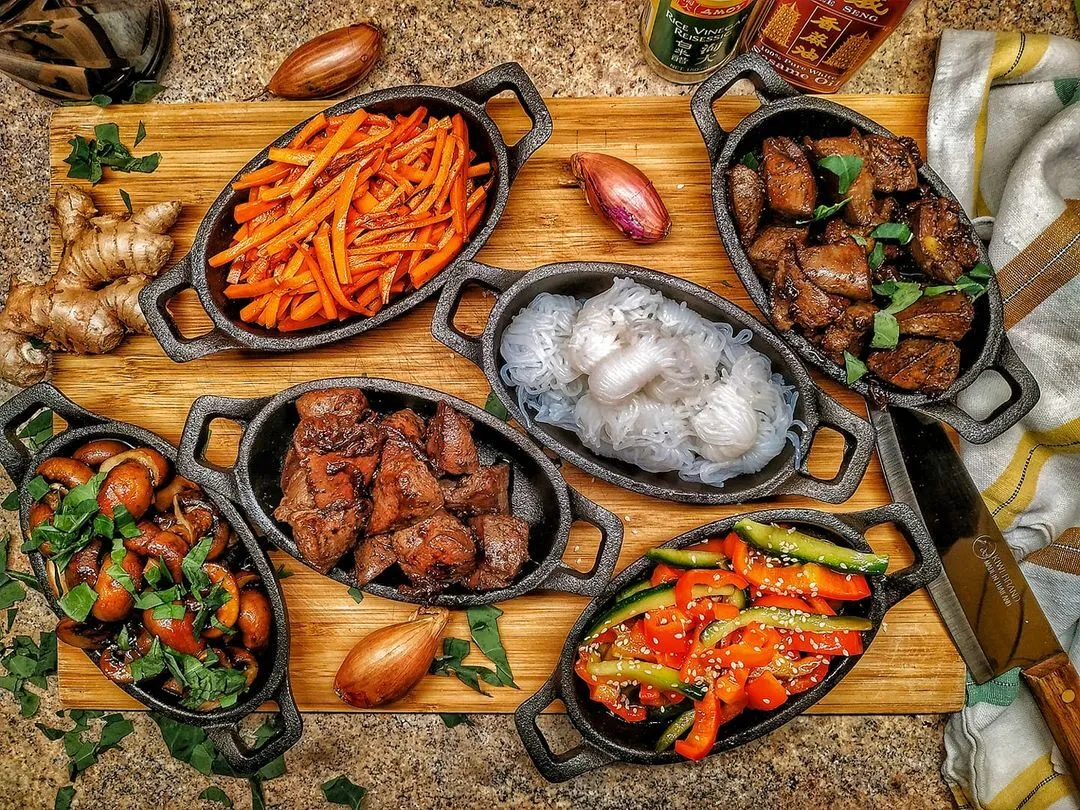
wok pot
The Wok Pot A Culinary Marvel for Modern Home Cooks
In the ever-evolving world of culinary techniques, the wok pot has carved out a distinct niche for itself. This versatile cooking vessel, originally rooted in Asian cuisine, has gained immense popularity among home cooks globally. Its unique shape, efficient heat distribution, and multi-functional capabilities make it an essential tool in contemporary kitchens.
The design of a wok pot is unmistakable. Its rounded bottom and high, sloping sides allow for high-heat cooking methods, such as stir-frying, steaming, and deep-frying. The material used in construction—be it carbon steel, cast iron, or non-stick coatings—also plays a significant role in how effectively the wok performs. Carbon steel woks are particularly favored for their ability to withstand high temperatures and develop a natural non-stick surface over time through seasoning. This traditional method of preparing the wok enhances its cooking capabilities while also adding depth of flavor to dishes.
One of the primary advantages of using a wok pot is its versatility
. While stir-frying is often the first technique that comes to mind, the wok can be used for an array of cooking methods. From sautéing vegetables and braising meats to steaming dumplings and simmering soups, the wok can do it all. For example, when stir-frying, the shape of the wok allows food to be quickly tossed and turned, ensuring even cooking and minimizing the risk of burning. This fast cooking method helps retain nutrients and flavors, providing a healthier meal option.Furthermore, the wok pot is particularly suitable for cooking large portions. This makes it an ideal choice for families or meal prep enthusiasts. Whether you are whipping up a quick weeknight dinner or preparing a feast for friends, the spacious interior of a wok provides ample room for all your ingredients. With just a few ingredients—some protein, a handful of vegetables, and a few condiments—you can create a well-balanced meal in no time.
wok pot

The health benefits of cooking with a wok are also noteworthy. The techniques often employed in wok cooking, such as high-heat stir-frying, typically require less oil than other methods. This can lead to healthier meals with lower fat content, allowing you to savor the natural flavors of the ingredients without overpowering them with excessive grease. Moreover, because of the fast cooking times, vegetables stay crisp and vibrant, making meals not only delicious but also visually appealing.
For those who are conscious about their culinary skills, using a wok can also be a path to mastering cooking techniques. Wok cooking encourages intuitive skills, such as timing and temperature control. By learning to manage the high heat and rapid cooking processes involved in stir-frying, cooks can develop a deeper understanding of food dynamics, ultimately leading to enhanced cooking prowess.
As with any cooking tool, choosing the right wok is crucial for success in the kitchen. A good wok should be lightweight yet sturdy, with a handle that allows for easy maneuverability. It is important to select a wok that aligns with your cooking style. For example, if you prefer traditional methods, a carbon steel wok would be suitable. If convenience is a priority, a non-stick wok might be more appropriate.
In conclusion, the wok pot is much more than just a cooking vessel; it’s a gateway to healthy and flavorful meals. Its versatility, efficiency, and ability to bring out the best in ingredients make it an invaluable tool for both novice home cooks and seasoned chefs. Embracing the wok can lead to a more enjoyable and less stressful cooking experience, where creativity can flourish. So grab your wok pot, gather your ingredients, and embark on a culinary adventure that celebrates the joy of cooking.
-
Season Cast Iron Perfectly with GPT-4 Turbo TipsNewsAug.01,2025
-
High Quality Cast Iron Cookware - Baixiang County Zhongda MachineryNewsAug.01,2025
-
Premium Cast Iron Pan: Durable & Perfect HeatNewsAug.01,2025
-
High Quality Kitchen Durable Black Round Cast Iron Cookware Pancake Crepe Pan-Baixiang County Zhongda Machinery Manufacturing Co., Ltd.NewsAug.01,2025
-
Cast Iron Cookware - Baixiang County Zhongda Machinery | Nonstick, Heat ResistanceNewsAug.01,2025
-
High Quality Kitchen Durable Black Round Cast Iron Cookware - Baixiang County Zhongda Machinery | Non-Stick, Heat Retention, DurableNewsJul.31,2025


